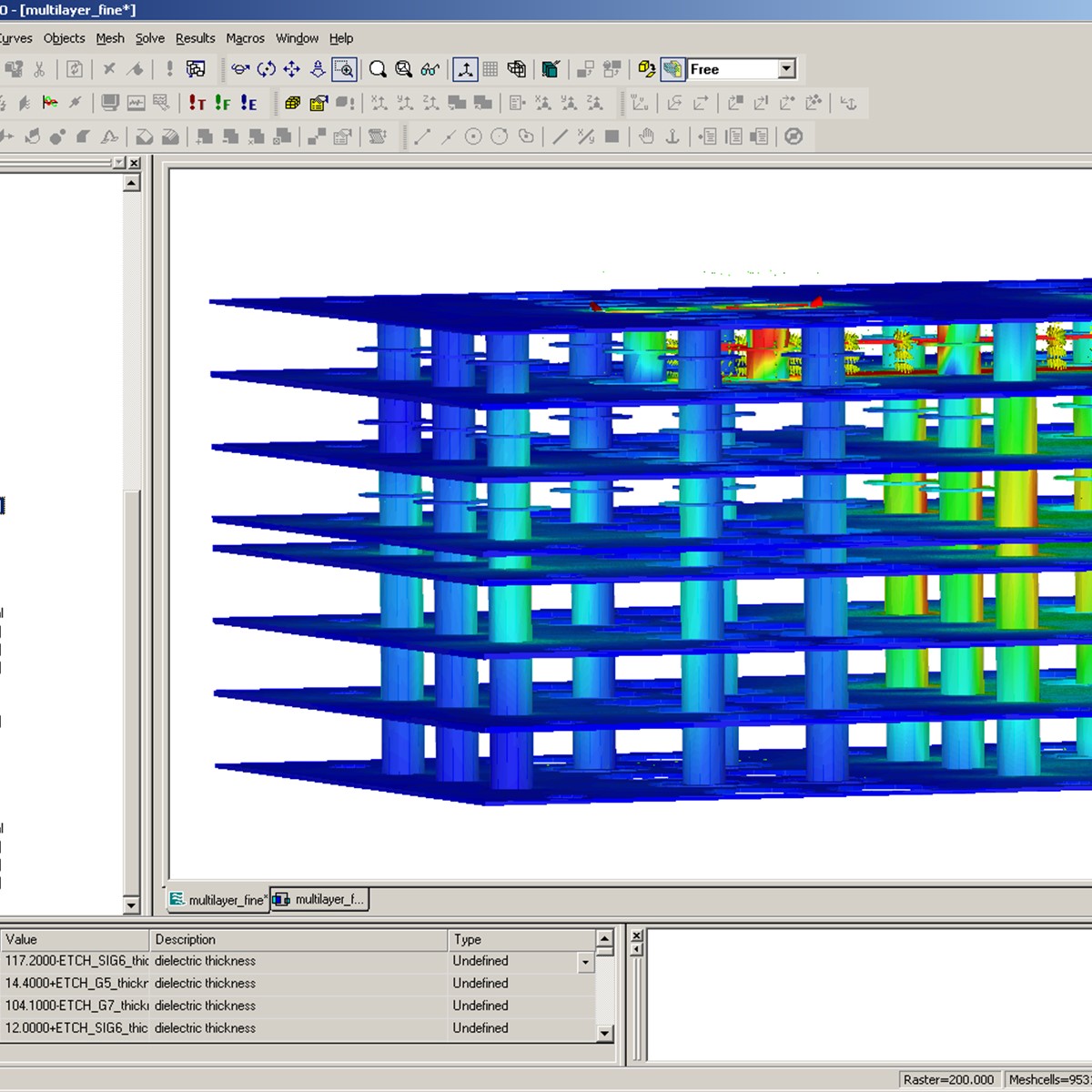

In this study, a log-periodic dipole array is measured, simulated, and then optimized in the 470–860 MHz frequency band. Such antennas are extensively used in electromagnetic compatibility measurements, spectrum monitoring and TV reception. This is particularly true if the server was shut down using kill -9 `pgrep lmgrd` as opposed to using the lmdown command.Log-periodic antenna is a special antenna type utilized with great success in many broadband applications due to its ability to achieve nearly constant gain over a wide frequency range. Wait at least 60 seconds from the time the Rational License Server is shutdown until restarting it to allow the underlying operating system (Unix or Linux) to recognize that the license server port is available once more. You should see a line reading " SELinux status: disabled " or " SELinux status: permissive ".įor Cause 4 (Rational License Server restarted too soon after shutdown)

If this file does not exist (possible depending on your distribution, try running " sestatus -v" when logged in as root. There should be a line reading either " SELINUX=disabled" or " SELINUX=permissive". The simplest thing to do here it to verify that the SELinux configuration is either set to "Disabled" or "Permissive" by running: cat /etc/sysconfig/selinux Additionally, if the file is missing either the " 127.0.0.1" or the " ::1" lines, this same error may occur as the lmgrd may actually try to perform a DNS name lookup on " localhost". The error may occur as the lmgrd process performs a DNS lookup to verify that it is running on the correct host. ::1 localhost.localdomain localhost myserverĪnd the actual fully-qualified host name is " ," you may get this error. This is particularly important if the license server host name or domain name has recently changed. For example if /etc/hosts reads: 127.0.0.1 localhost myserver If there is no port conflict, verify that the current host name is listed in /etc/hosts. The command to verify this is the "netstat" command. To verify the port is not in use, run: netstat -anp | grep 27000ĪNY output indicates that there may be a port conflict. The first thing to check is that the port number (the last item in the line) is not in use by another process. A standard Rational License Server license file begins with the following line (potentially after a header of comment lines beginning with "#"): SERVER 0adddeaddead 27000 The first thing to do is look at the license file.


 0 kommentar(er)
0 kommentar(er)
